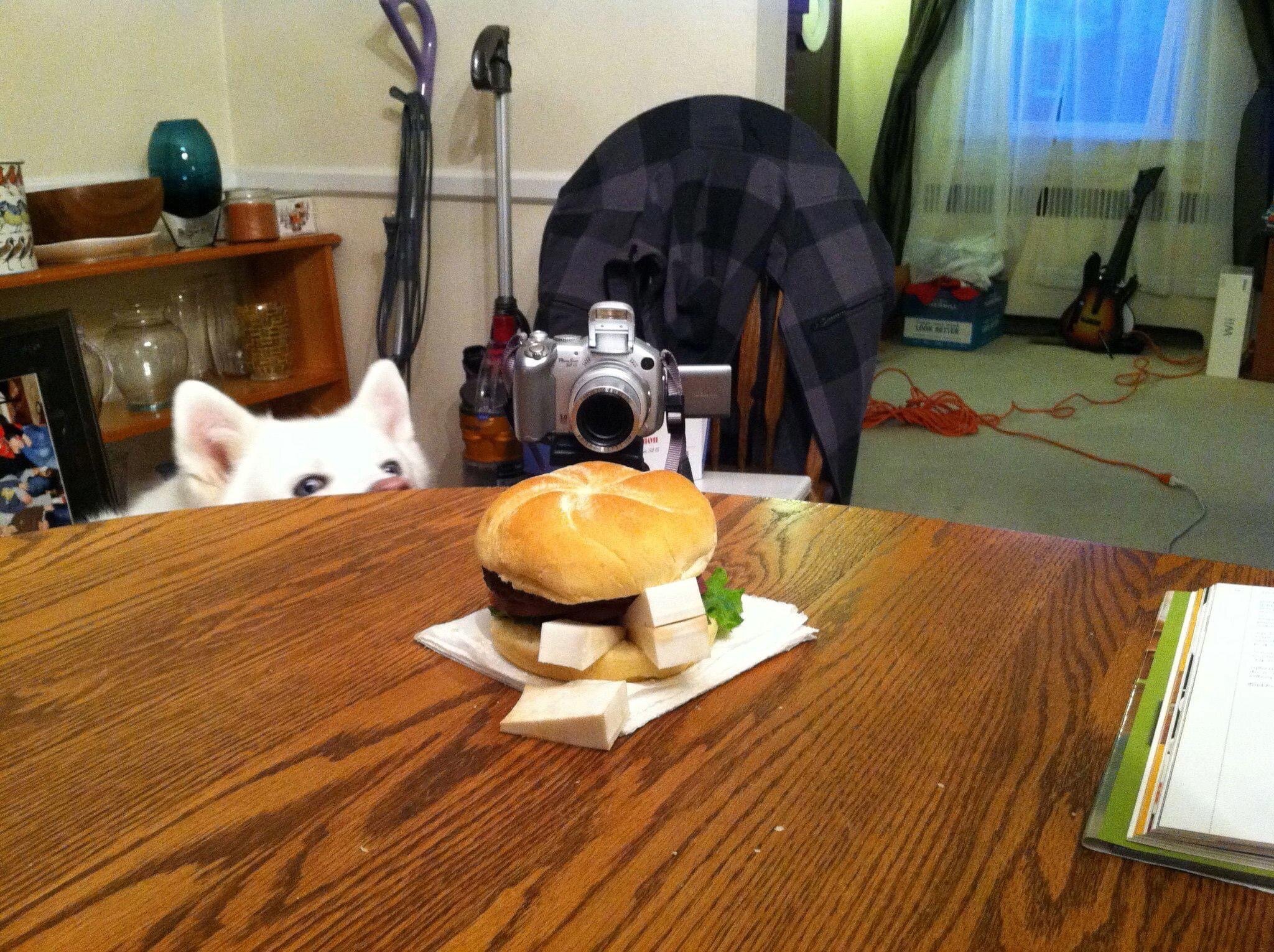How to become a food stylist
Because food styling is such a niche job, so is the training.
Traditionally, there was no training, even when I started back in 2013. But now because of social media, food styling has become more popular and there’s more information available than ever before.
Professional Food Stylists that have been in the industry for decades have started to share and educate the public about how the professionals do it.
And yes, there’s a really great book called The Food Stylist Handbook with a corresponding Facebook group that are invaluable resources, along with some online workshops like Story on a Plate that can help you get your feet wet.
These are all really great, but to be honest, I’ve found the best thing to do is just start. Everyone needs a starting point, so just begin. Whether you’re good with your camera or not, find another buddy who loves food, and test shoot.
This was my beginning, in a dining room with a really bad camera and on-looking hungry dog. I’ve come a long way, but that is where I started.
Next, start building your culinary knowledge. Start watching everything you can about these subjects on YouTube, read as many articles as you can, watch Food Network religiously... and if you’re able, take some classes. The more you know about food the better.
As a Professional Food Stylist, you’ll have crazy requests and deal with all types of food, so you need to be prepared to answer questions about food reactions, what types of flavors go together, specific kinds of produce, meat cuts, and sometimes, you might be requested to make food items from scratch. Having cooking experience, whether through work or school, is a must.
Next, start networking - you can find tons of up-and-coming amateurs and established professional photographers that would love to shoot portfolio work. This will give you a chance to experiment and help you build your own portfolio.
I know when I started, I wanted to run before I could walk, but you need to get hours of practice under your belt before you can start working on big jobs. So don’t overlook your portfolio work.
A plus in that regard, would be having photography or design knowledge. I started out as a Graphic Designer and then moved into food styling. This was a huge advantage. In my old job, I used to take the final images from professional food shoots and utilize them in campaigns, banner ads, and packaging.
Knowing how the images will be used in the end helps during the photography process and makes me more valuable because I might think of something that the average food stylist might not. So while you're building your portfolio start learning design as much as you can.
So to sum up, I wish I could tell you here are 12 simple steps you need to take to become a Professional Food Stylist, but as you can see, it’s really not so simple. But if you have the desire, drive, and passion, you can work your way from a hobby to a solid portfolio, and then you can work on landing those gigs.



